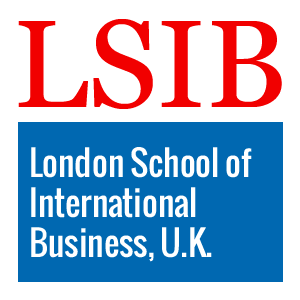Certificate Programme in Spanish Art
Published on June 25, 2025
About this Podcast
HOST: Welcome to our podcast, everyone! I'm thrilled to have Ana Alvarez, an expert in Spanish art and the instructor of the Certificate Programme in Spanish Art, joining us today. Ana, thank you for being here. GUEST: Thank you for having me. I'm excited to discuss Spanish art with your audience! HOST: Let's start with you, Ana. What sparked your interest in Spanish art, and how has your personal journey influenced your teaching approach in this course? GUEST: I've always been fascinated by the passion and emotion conveyed in Spanish art. As a second-generation Spanish immigrant, I discovered this rich heritage through my family's stories and artworks. I strive to make my course engaging and relatable, focusing on the historical context and cultural influences that shaped Spanish art. HOST: That's wonderful. As an expert, could you share any current trends or recent developments in the world of Spanish art that learners can look forward to exploring in your course? GUEST: Absolutely! We're seeing a resurgence of interest in contemporary Spanish artists who combine traditional techniques with modern themes. The course covers these artists and their contributions to Spain's vibrant artistic landscape. HOST: How exciting! Now, every field has its challenges. Are there any common obstacles you've encountered in teaching Spanish art or that learners might face while engaging with this subject? GUEST: One challenge is overcoming preconceived notions about Spanish art, such as the belief that it's solely focused on religious themes or that it's homogenous throughout the country. The course addresses these misconceptions and highlights the diverse regional styles and influences that have shaped Spanish art. HOST: That's a great way to broaden learners' perspectives. Lastly, where do you see Spanish art heading in the future, and how does this course prepare learners for ongoing developments in the field? GUEST: Spanish art is becoming more global and interdisciplinary, incorporating elements from other cultures and artistic movements. This course equips learners with a solid foundation in Spanish art history, allowing them to appreciate and engage with these evolving trends. HOST: Ana, thank you so much for sharing your insights and enthusiasm for Spanish art today! For those interested in diving into this captivating world, be sure to check out the Certificate Programme in Spanish Art. Until next time, keep exploring and learning!
